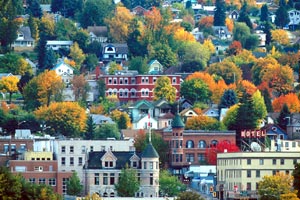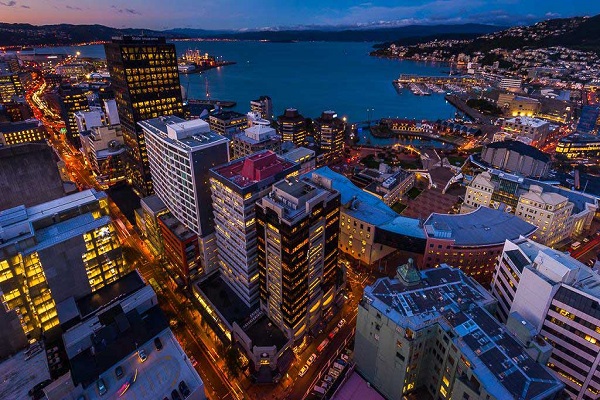Slovenia
Find Eduxpress Programmes
Slovenia strives to implement measures supporting equal opportunities, academic success, student mobility, higher education and vocational education and training, language learning and distance education.
The adoption of the Bologna system also supports the academic and professional recognition of qualifications, and the overall development of modern education methods and internationally relevant undergraduate and postgraduate studies.
If you come from the European Union (EU) or the European Economic Area (EEA), you can study at Slovenian public universities for free. This also applies to students from the following countries: Bosnia and Herzegovina, Montenegro, Kosovo, North Macedonia (formerly known as Macedonia), and Serbia.
If you're not a citizen of any of these countries, expect to pay between 2,000 and 15,000 EUR per academic year, depending on what you want to study and at what level (Bachelor's, Master's, or PhD).
In most cases, you should be alright only with English. Most people under 40 speak it at least at conversational level, especially in student cities like Ljubljana, Maribor, and Koper.
However, it's never a bad idea to learn at least a few words in Slovenian. Here are a few to get you started: zdravo (hello), hvala (thanks), prosim (please), enjoy your meal (dober tek), etc.
If you're a nature enthusiast, you'll feel right at home in Slovenia. You can take a stroll through the numerous parks and forests, visit Lake Bled, explore the Postojna Cave, take a walk along the historic Soteska Vintgar gorge, climp up the Triglav mountain, or visit the oldest vine in the entire world, in Maribor.
Let's take a closer look at tuition and living expenses in Slovenia:
You can study for free at a public Slovenian university if you come from:
International students from other countries pay tuition fees:
At private universities, students also need to pay tuition fees for study programmes that are not financed from the public budget.
Check out scholarships in Slovenia.
On average, you'll need between 400 and 700 EUR for living costs in Slovenia. Still, this largely depends on your lifestyle and spending habits. Here's a breakdown of common living expenses in Slovenia:
The Republic of Slovenia lies at the heart of Europe, where the Alps and the Mediterranean meet the Pannonian plains and the mysterious Karst. Slovenia is situated in Central Europe and shares borders with Italy, Austria, Croatia and Hungary, only a couple hours from Venice or Vienna.
The Country is mostly elevated. Outside the coastal area, its terrain consists largely of plateaus and ridges, Alpine peaks, basins and valleys. Many woods and forests in Slovenia cover more than half the territory. Slovenia is homeland to more than 50.000 animal species and 3.000 plant species. The remnants of primeval forests could also be found, especially in the Kocevje area.
The climate is continental with cold winters and warm summers, but in the coastal areas, there is a pleasant sub-mediterranean climate. The average temperatures are -2° in January and 21° in July. There is plenty of snow in winter. In Slovenia, the sun shines approximately 2,000 hours per year.
Historically, the current territory of Slovenia was part of many different empires, including the Roman Empire, the Holy Roman Empire and the Austro-Hungarian Empire. In October 1918, the Slovenes merged together with Croats and Serbs into the Kingdom of Yugoslavia. During World War II, Slovenia was occupied and annexed by the Axis Powers. Afterward, it was a founding member of the Federal People's Republic of Yugoslavia. In June 1991, after the fall of communism and the introduction of democracy, Slovenia split from Yugoslavia and became an independent country. In 2004, it entered NATO and the European Union and the Eurozone.
Alongside the majority population of Slovenian ethnic origin, in the border areas there live Hungarian and Italian minority communities. Various other ethnic groups, mainly from the Western Balkans, also have residence in Slovenia.
The economy of Slovenia is small, open, and export-oriented and has been strongly influenced by international conditions. The main economic field is services, followed by industry and construction. Slovenia is also a great tourist destination.



